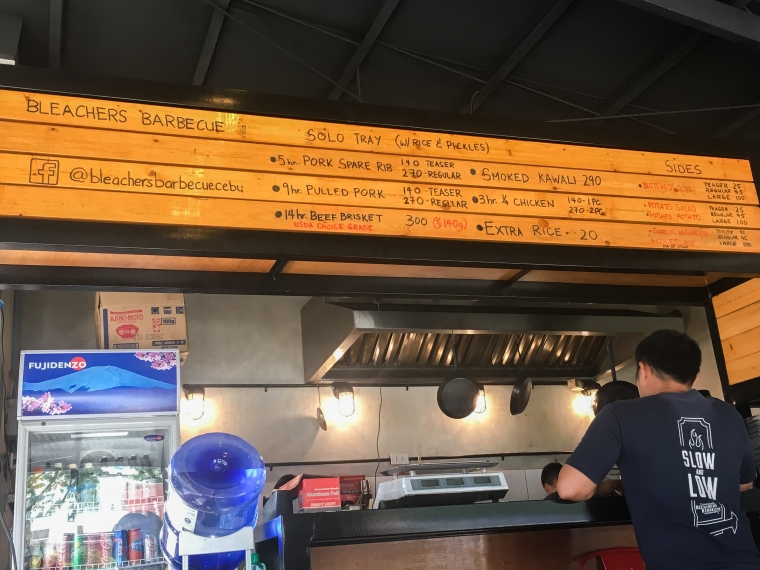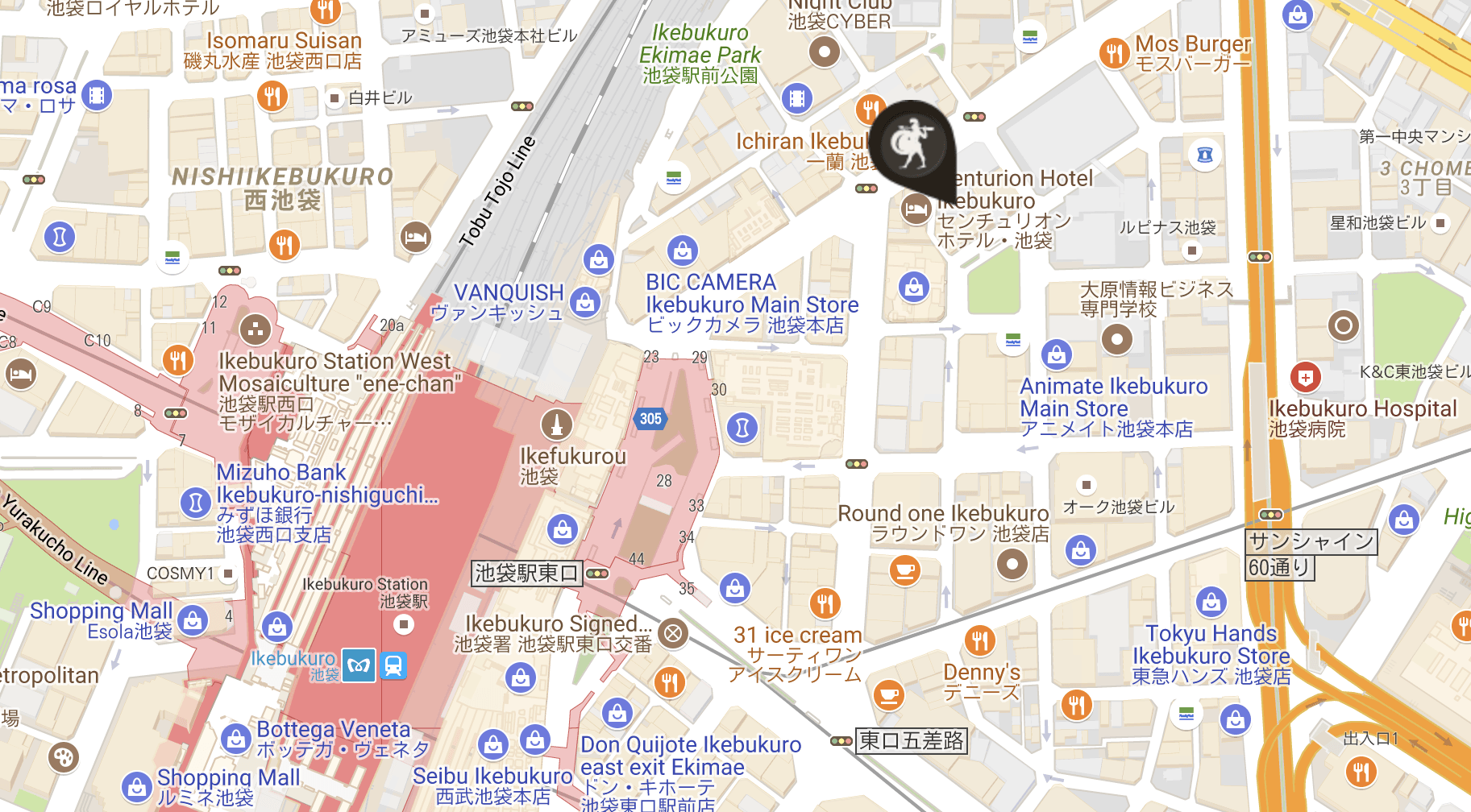‘Internship’ is the last year of medical school. Before graduating, one has to complete months of internship in various departments – Surgery (General surgery, ENT, Neurosurgery, Ophthalmology, and Orthopedics), Obstetrics & Gynecology, Internal Medicine, Pediatrics, Psychiatry, Radiology, and Community and Urban Medicine.
One rotation is not like the other, some are okay while some are a bit more challenging – physically and emotionally.
Having completed internship and post-graduate internship I can say that it is something that I am happy to have gone through and would not want to go through again.
So, to the lucky incoming batch of clerks, congratulations! Your hardships for the last 3 years are definitely worth it. Bask in all that ‘congratulations’, ‘we’re so proud of you’s and, ‘you can do it’, because soon you will be entering the realities in the hospital – the sleepless duties, the previous/post duty look, the countless of codes per shift, the times when your residents and consultants would ask you questions you don’t know and the countless of times all you can reply would be a meek ‘I’ll read on that, doc’.
So all of you fresh meat out there, remember a few tips:
Don’t be late, especially on your first day. Be properly oriented by the previous batch of interns few days before your first day. A one week leeway is usually allowed but after that, mistakes are usually not acceptable and may cause you a few days extension, if it may seem fit.
A small notebook, one that fits inside your pocket, is very helpful. Keep a few notes, ‘must knows’ inside & you can even the tidbits your seniors teach you for future reference.
I used to carry one notebook per rotation while I was a intern and PGI. It contained notes on what we should do in that particular rotation, some must know topics, computations, sample orders, medications, and some guidelines. You can always search guidelines or tables on the net, print it out and paste it on your notebook. It’s always better to be prepared. 🙂
* or you can use your cellphone if you have unlimited battery and data 🙂
- Always bring a ballpen (or ballpens)
A black ball pen and few other extras is a must! You have to do a lot of writing – history sheets, PE, referrals and sometimes if your lucky order sheets 🙂 But mostly, you need a lot of extras for the times your resident borrows your pen because it is unlikely you are ever going to see it again.
*There was a time I put my ballpen down on the station while I was gathering all the charts I need to write orders on for the night, next thing I knew it was gone.
- Patience (especially on the patient’s S.O and patients, of course)
Refrain from getting angry and fighting with your patients and their S.O. Always treat your patients like they are your family or just imagine how you want to be treated by a doctor, would you want your doctor to treat you badly? No, right? So treat all patients respectfully.
There may be times you won’t see eye to eye with them, but do your best to make them understand, and talk to them calmly. Or if not, refer to your senior or the resident in-charge.
I know being on duty or post duty status doesn’t leave much time to social, sleep and much less study, but always have a bit of time to read. Read a little about the cases you are assigned to because the resident will most likely ask you about it, so better be prepared. Also, don’t be afraid to say you don’t know or to ask your resident on topics you are not sure of.
*I rarely read during internship except during Ob-Gyn rotation and prior to OR..that’s something I regret.
- Snacks in your pockets and list of numbers of fast food joints
I remember during my first few rotations of internship I rarely ate on time and if it was a busy duty I survived solely on chocolate, crackers, coke and ice tea and a lot of water just to fill me up until the next day. It’s not a good practice to skip meals but if your busy or don’t have the time to eat a full meal, it is better to bring a few snacks in your pocket while you are on duty.
And when you do have time to eat it’s better to have a list of delivery joints for your meals. When you’re too tired to walk out of the hospital to buy food, that’s when a Jolibee or KFC or a dimsum delivery is heaven-sent. You’ll have a meal waiting for you after your rounds or OR.
- Be respectful to everyone
Be respectful to everyone! From the janitor, to the guards, to the technicians, to the nurses, to the nursing aids, etc. Your life in the hospital will be much better. You may never know you might make a friend out of them. 🙂
- Look out for your wellbeing
Remember you are in a hospital full of sick people, please follow universal precaution and proper hand washing. Wear your gloves and the proper masks (and other PPEs) when needed. This is to protect yourself, and to prevent the spread of infection to other patients you are handling.
But all in all, remember to have fun. Internship only happens once. You get to know your group mates better, you get to work with your friends, meet new people, and most importantly you learn so much about yourself and how to handle stressful situations.
So, ready your uniforms, your stethoscope and med bag, and your comfy shoes coz this is going to be a wonderful year. 🙂
*next thing you know the year is over and you’ll be PGIs soon and then taking the board exam 😉













 A book in hand paired with a nice cup of hot coffee or tea is perfect for a rainy day. What better place to spend the afternoon than the recently opened
A book in hand paired with a nice cup of hot coffee or tea is perfect for a rainy day. What better place to spend the afternoon than the recently opened 













